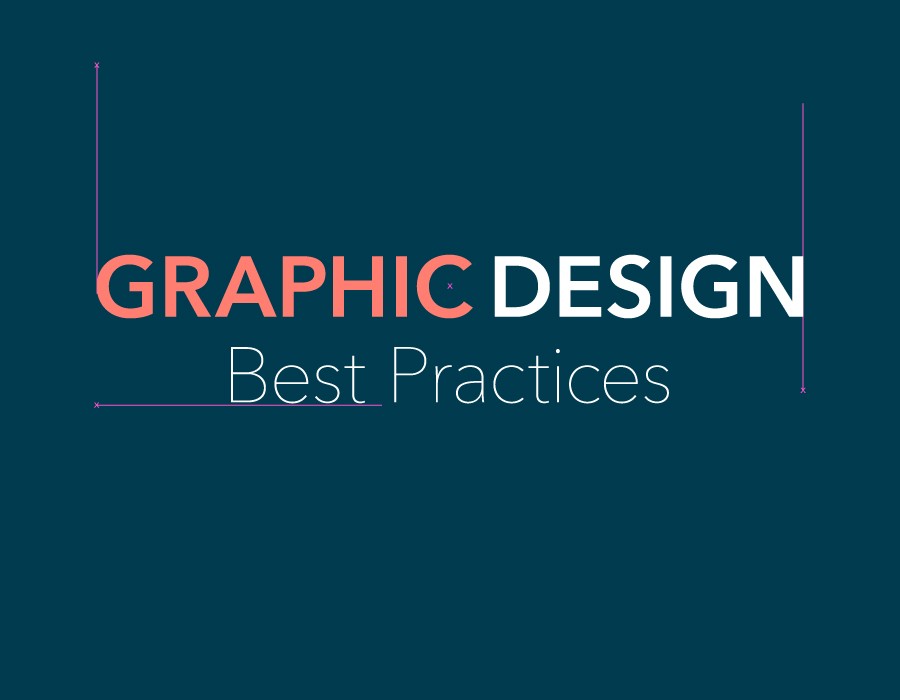
18 Jul 10 Graphic Design Best Practices
Thinking of taking on some creative direction of your own? There are a few graphic design best practices that every business should be aware so that they can adequately provide feedback and creative direction to their agency or freelance graphic designer.
1. BE ORGINAL.
I’ve said this before and I’ll say it many times in the future. Please don’t copy other designers’ work. Not only is it a bad practice, its illegal, unethical, and will make your brand suffer. You want to be a leader not a follower. Original and creative design will make you stand out and leave a lasting impression on your viewers.
2. Don’t use more than 2 fonts in any one design.
The best practice is to use one font family. A great font family will have several variations of typefaces that will give you the interest you need such as several different weights, widths, and italics. If you want to mix it up a little more, I recommended picking a typeface to consistently be used on all your headlines and a separate font family for all of your body copy text.
3. Increase readability.
Don’t let your designer forget about leading (space between lines) and tracking (space between letters). Setting type with these considerations can drastically improve readability, and can add a professional look and feel to your typography.
4. Use a color pallet that supports your brand image.
The color pallet in any design should support your brand image, logo, and corporate identity. Provide a brand style guide to your designer so that they can ensure consistency.
5. Make sure there is hierarchy.
Generally, there is a main message you would like to get across in your design with supporting information following. The main message should be the largest font size on the page and following sub headlines and body copy should descend in size accordingly, otherwise you will have competing messages and viewers will get confused.
6. Have consistency and alignment.
Almost every design software has alignment tools. These prevent any lopsidedness and again provide a professional look. Using a grid system can also help with this. Grids give you rules to follow in a design and allow for consistent margins and columns.
7. Limit your column widths.
For readability, limiting your body copy column widths can be easier on the eye and less intimidating for readers. Short columns make for a more inviting body of text.
8. Make use of white space.
This is another tip I often repeat because it is so important. White space reduces clutter and promotes clarity. Each object should have sufficient white space around it to distinguish from the next. The more white space the better!
9. Use contrast, especially with type.
A current design trend is using type over photographs such as in a hero image or on an ad. When doing this, it is important that there is enough contrast from the image and the type so that the message is legible and has good readability. Complementary colors can also provide a nice contrast in your designs to break up information and create interest.
10. Use high resolution photos.
There’s nothing worse than getting low resolution, iPhone photos from clients insisting they be used in an ad or poster design. This is simply an issue of scale. You can’t enlarge a photo that was taken on a phone or a low resolution camera. Your image will look pixelated and blurry. Use high resolution photos taken by a professional or a camera with decent megapixels and set the file format to RAW or Large.